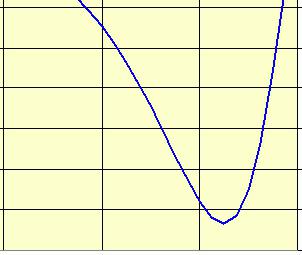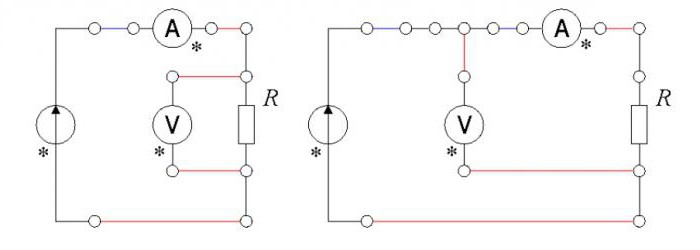Kirchhoff's Rules
Famous German physicist Gustav Robert Kirchhoff(1824 - 1887), a graduate of the University of Koenigsberg, being the head of the Department of Mathematical Physics at the University of Berlin, on the basis of experimental data and Ohm's laws received a number of rules that allowed analyzing complex electrical circuits. Thus, the rules of Kirchhoff appeared and are used in electrodynamics.
The first (rule of nodes) is, in essence,the law of conservation of charge in combination with the condition that charges are not born and do not vanish in the conductor. This rule refers to the nodes of electrical circuits, i.e. points of a chain in which three or more conductors converge.
If we take as the positive direction of the current inchain that comes to the node of the currents, and the one that departs - for the negative, then the sum of the currents at any node must be zero, because the charges can not accumulate at the node:
i = n
Σ Iᵢ = 0,
i = l
In other words, the number of charges that approach a node per unit of time will equal the number of charges that leave the given point in the same time period.
The second Kirchhoff rule is a generalization of Ohm's law and refers to closed contours of a branched chain.
In any closed loop, arbitrarilychosen in a complex electric circuit, the algebraic sum of the products of the currents and resistances of the corresponding sections of the circuit will be equal to the algebraic sum of the emf in the given circuit:
i = n₁ i = n₁
Σ Iᵢ Rᵢ = Σ Ei,
i = l i = l
Kirchhoff's rules are most often used fordetermining the values of the currents in the sections of the complex circuit, when the resistance and the parameters of the current sources are given. Let's consider a technique of application of rules on an example of calculation of a chain. Since the equations in which the Kirchhoff rules are used are ordinary algebraic equations, their number must equal the number of unknown quantities. If the analyzed chain contains m nodes and n sections (branches), then according to the first rule it is possible to compile (m - 1) independent equations, and using the second rule, still (n - m + 1) independent equations.
Action 1. We choose the direction of the currents in an arbitrary way,observing the "rule" of inflow and outflow, the node can not be a source or a sink of charges. If you make a mistake when selecting the direction of the current, then the value of the strength of this current will be negative. But the directions of the action of the current sources are not arbitrary, they are dictated by the way of switching on the poles.
Activity 2. We write the current equation corresponding to the first Kirchhoff rule for node b:
I₂ - I₁ - I₃ = 0
Action 3. Let us write the equations corresponding to the secondthe Kirchhoff rule, but we first choose two independent circuits. In this case, there are three possible options: the left contour {badb}, the right contour {bcdb}, and the contour around the entire chain {badcb}.
Since it is necessary to find only three values of the current strength,then we confine ourselves to two circuits. The direction of bypassing does not matter, currents and EMF are considered positive if they coincide with the direction of the bypass. Let's go around the contour {badb} counter-clockwise, the equation will look like this:
I₁R₁ + I₂R₂ = ε₁
The second round we make on the big ring {badcb}:
I₁R₁ - I₃R₃ = ε₁ - ε₂
Action 4. Now we are making a system of equations, which is quite simple to solve.
Using Kirchhoff's rules, one can performrather complex algebraic equations. The situation is simplified if the chain contains certain symmetric elements, in this case there may exist nodes with the same potentials and branch circuits with equal currents, which greatly simplifies the equations.
A classic example of this situation isThe problem of determining the forces of currents in a cubic figure composed of identical resistances. Because of the symmetry of the chain, the potentials of the points 2,3,6, as well as the points 4,5,7, will be identical, they can be connected, since this will not change the distribution of currents in terms of the distribution, but the circuit will be much simpler. Thus, the Kirchhoff law for the electrical circuit pivots easily to calculate a complex DC circuit.






